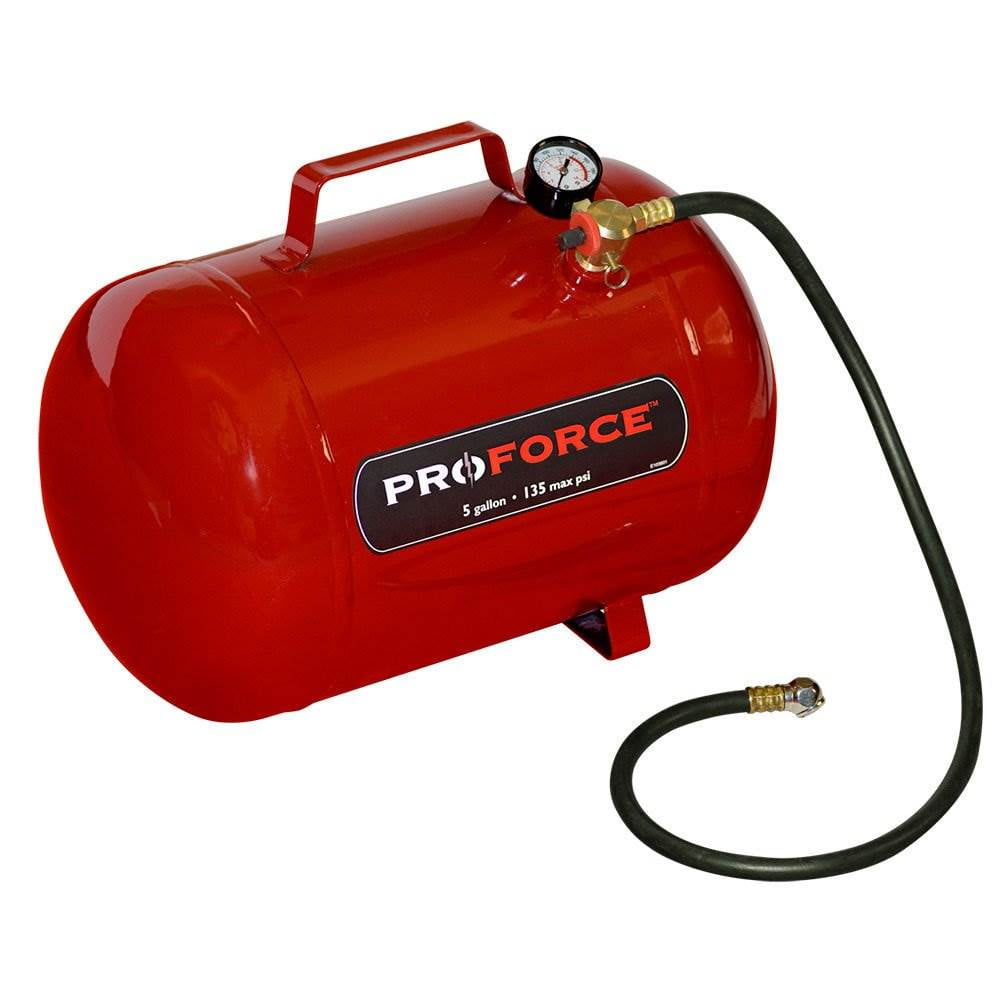
It's theoretical as it doesn't consider friction and spring forces The more basic formula to calculate the force of an air cylinder is: The force calculation of an air cylinder depends on the pressure inside the cylinder, the piston diameter, the friction force generated by the seal components, and the spring force (in the case of single-acting devices). Attribution: I, RainerB., CC BY-SA 3.0, via Wikimedia Commons. A spring usually achieves the return stroke, although any external force can do it.Īnimation of a single-acting pneumatic cylinder.

They're quieter, cleaner, and require less space.Ĭompressed gas instead of a liquid makes them more suitable for small spaces that don't allow large amounts of fluid storage or require transportation.The available pressures and forces are lower for a gas.Instead of a liquid, the pressurized fluid is a gas.

They're similar to hydraulic cylinders, but there are some differences: return stroke, or inward stroke, when the cylinder returns to the initial position. outward stroke, or output stroke, in which the cylinder gets fully extended, and 2.

The reciprocating motion comprises two strokes: 1.


 0 kommentar(er)
0 kommentar(er)
